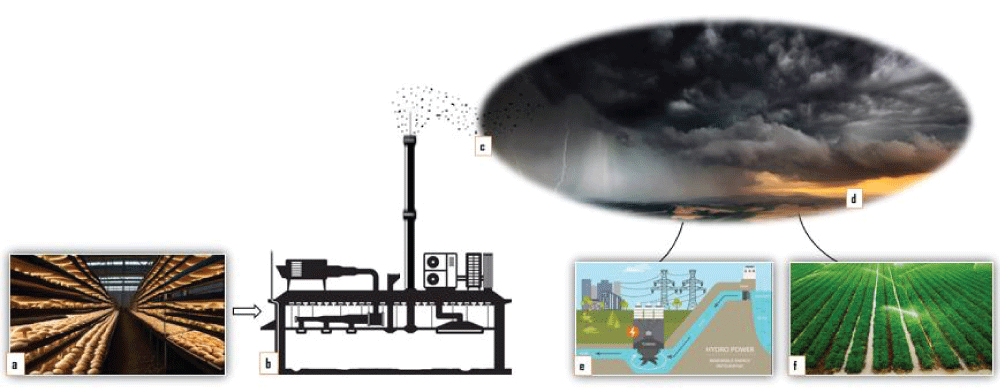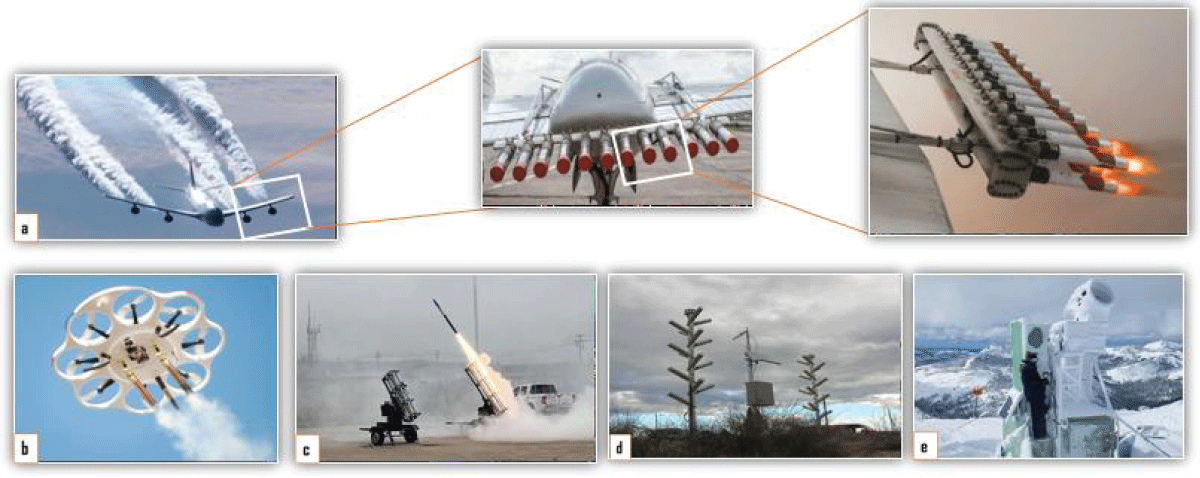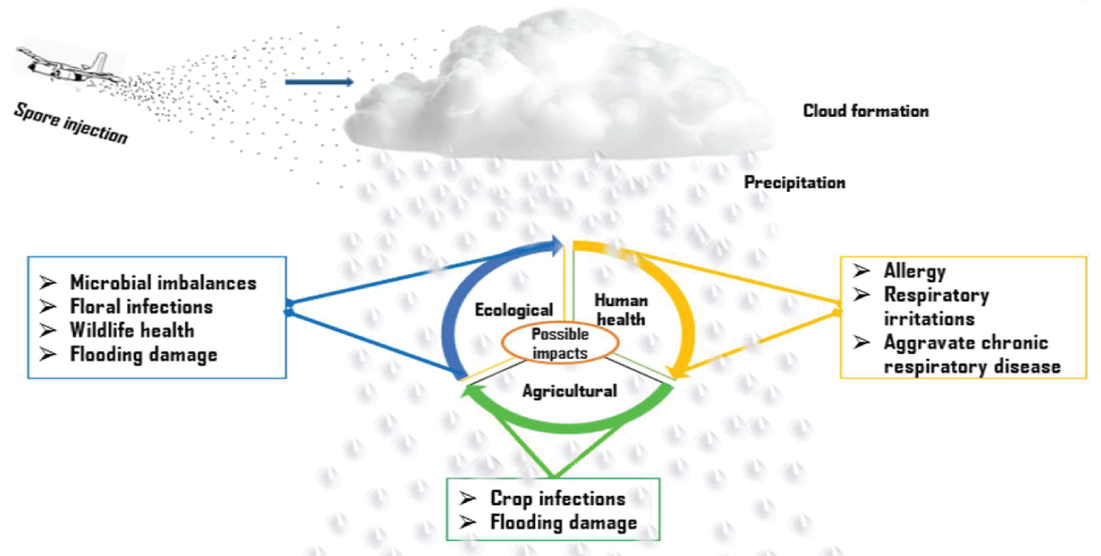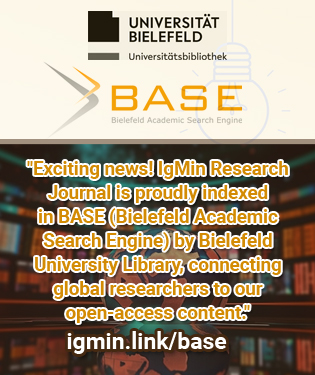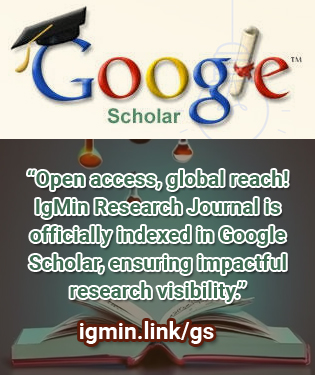要約
Cloud seeding is a technique used to enhance precipitation in drought-prone areas, support agricultural productivity, ensure water supply for human consumption, improve hydropower generation from dams, lessen hurricanes, cool urban heat, and disperse fog in airports. Growing global population size and climate change are the biggest impetus for weather modification and cloud seeding operations. Currently, salt powders like silver iodide, potassium iodide, sodium chloride, calcium chloride, dry ice (solid carbon dioxide), and liquid propane are widely used as ice nucleating particles for cloud seeding purposes while in natural cloud formation, and precipitation particles from dust storms, mineral dust and biological aerosols (like spores, pollen, bacteria) are the dominant ice nucleators. Having this knowledge on hand and the ubiquitous nature of fungi on the other hand; it is feasible to exploit the ice nucleating ability of fungal spores and use it as potential candidates for cloud seeding and weather modification operations.




